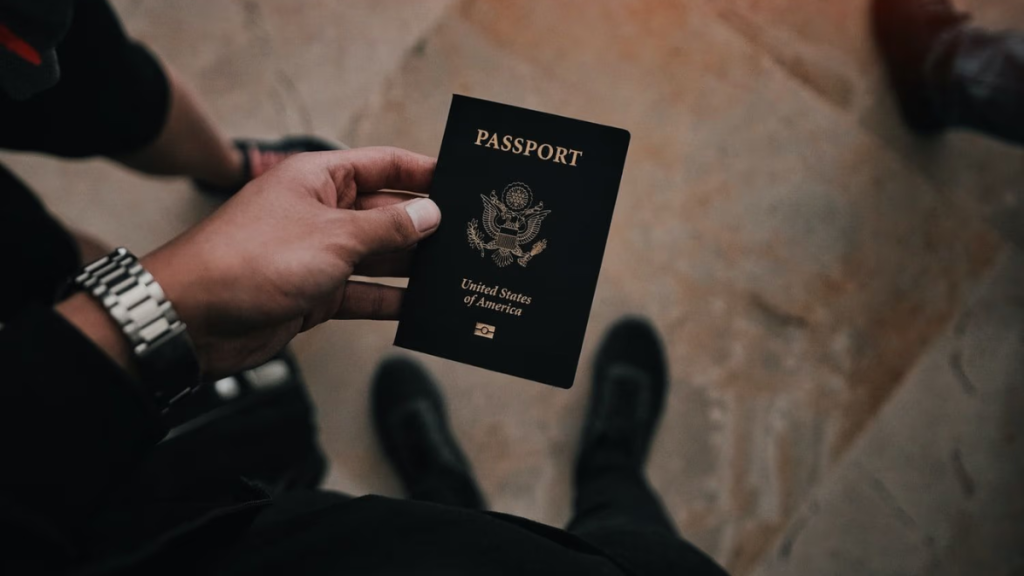Losing your passport before a trip is every traveler’s nightmare. Whether it’s been misplaced, stolen, or damaged, the sudden realization that your most important travel document is missing can send anyone into panic mode. But while the situation is stressful, it’s not hopeless.
With the right steps and a calm approach, you can resolve the issue and get back on track, sometimes faster than you might expect.
Here’s exactly what you should do if you’ve lost your passport right before you’re due to travel.
1. Stay Calm and Double-Check
Before launching into emergency mode, take a breath and retrace your steps. Passports are often found in coat pockets, between travel documents, or in the bottom of bags. Ask others in your household or travel group to help check in case a fresh set of eyes spots it.
If you’re sure it’s gone, move quickly to the next steps.
2. Report It as Lost or Stolen
As soon as you confirm the passport is missing, report it. In the U.S., this means filling out Form DS-64 (Statement Regarding a Lost or Stolen Passport) with the U.S. Department of State. Reporting it prevents misuse and invalidates the document.
Contact the nearest U.S. embassy or consulate to report the loss if you’re overseas.
3. Determine Your Travel Timeline
How soon are you traveling? Your options depend heavily on whether you have days, weeks, or just hours before departure. If your flight is within 72 hours, you may qualify for an emergency passport renewal or same-day issuance through a regional passport agency or private service.
4. Book an Emergency Passport Appointment
If you’re in the U.S. and traveling within two weeks (or within four weeks for a visa-required destination), you can make an appointment at a regional passport agency. Call the National Passport Information Center or schedule online.
Be prepared with:
- Proof of travel (flight itinerary, cruise booking, etc.)
- Proof of citizenship (e.g., birth certificate)
- A government-issued photo ID
- Passport photos (check local services for same-day photo printing)
- Applicable forms (usually DS-11 for replacement)
5. Consider a Registered Expedited Service
If you’re unable to secure a government appointment in time, you can use a registered expeditor to submit your application on your behalf. They work directly with passport agencies and can often secure faster turnaround times.
Services like how to get urgent passport specialize in navigating tight timelines and help eliminate the guesswork of paperwork and approvals.
6. Gather Required Documents Quickly
Time is of the essence, so gather your documents as soon as possible. This includes:
- Completed application forms (DS-11 and DS-64)
- Proof of identity and citizenship
- Passport-sized photos
- Travel itinerary
- Payment for expedited service fees
Keep originals and copies on hand to speed up processing.
7. Stay Updated and Flexible
Monitor your status closely once you’ve submitted your application through a passport agency or expeditor. Be prepared for possible delays and stay in contact with the agency or service provider. In rare cases, you may need to adjust your travel plans by a day or two, depending on how quickly the replacement is processed.
Summing Up
Losing your passport before a trip is stressful, but it doesn’t have to mean missing your travel plans. You can turn a potential disaster into a minor delay by staying calm, acting fast, and understanding how to get assistance for your passport needs.
Preparedness and prompt action make all the difference. And with a bit of resourcefulness, you’ll still make it to your destination—passport in hand.

